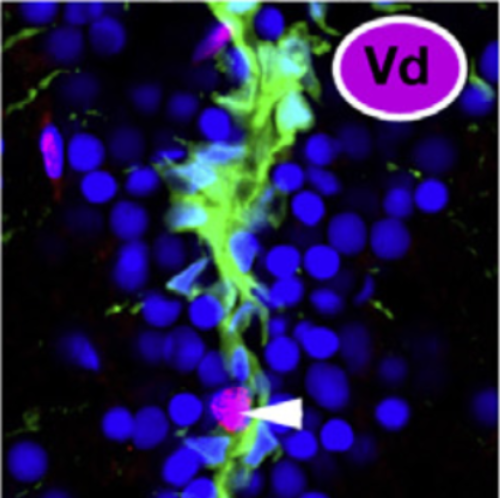Single-Cell Transcriptomics Analyses of Neural Stem Cell Heterogeneity and Contextual Plasticity in a Zebrafish Brain Model of Amyloid Toxicity.
The neural stem cell (NSC) reservoir can be harnessed for stem cell-based regenerative therapies. Zebrafish remarkably regenerate their brain by inducing NSC plasticity in a Amyloid-β-42 (Aβ42)-induced experimental Alzheimer's disease (AD) model. Interleukin-4 (IL-4) is also critical for AD-induced NSC proliferation. However, the mechanisms of this response have remained unknown. Using single-cell transcriptomics in the adult zebrafish brain, we identify distinct subtypes of NSCs and neurons and differentially regulated pathways and their gene ontologies and investigate how cell-cell communication is altered through ligand-receptor pairs in AD conditions. Our results propose the existence of heterogeneous and spatially organized stem cell populations that react distinctly to amyloid toxicity. This resource article provides an extensive database for the molecular basis of NSC plasticity in the AD model of the adult zebrafish brain. Further analyses of stem cell heterogeneity and neuro-regenerative ability at single-cell resolution could yield drug targets for mobilizing NSCs for endogenous neuro-regeneration in humans.
Back to list
